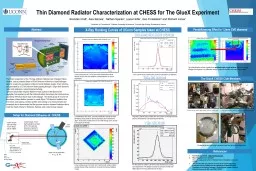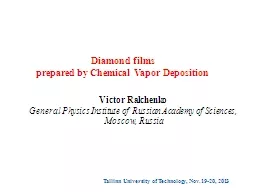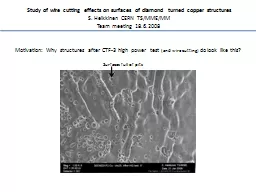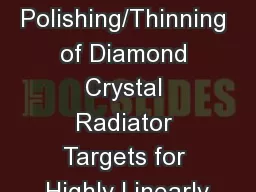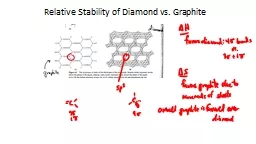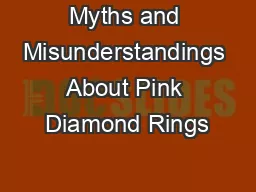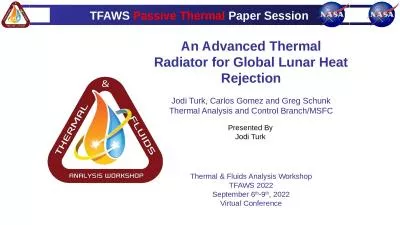PPT-Thin Diamond Radiator
Author : ellena-manuel | Published Date : 2016-07-05
Characterization at CHESS for The GlueX Experiment Brendan Pratt 1 Alex Barnes 1 Nathan Sparks 2 Liana Hotte 1 Ken Finkelstein 3 and Richard Jones
Presentation Embed Code
Download Presentation
Download Presentation The PPT/PDF document "Thin Diamond Radiator" is the property of its rightful owner. Permission is granted to download and print the materials on this website for personal, non-commercial use only, and to display it on your personal computer provided you do not modify the materials and that you retain all copyright notices contained in the materials. By downloading content from our website, you accept the terms of this agreement.
Thin Diamond Radiator: Transcript
Download Rules Of Document
"Thin Diamond Radiator"The content belongs to its owner. You may download and print it for personal use, without modification, and keep all copyright notices. By downloading, you agree to these terms.
Related Documents

